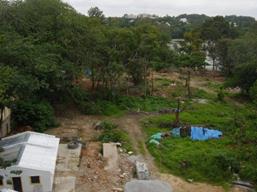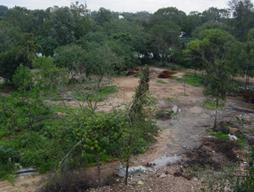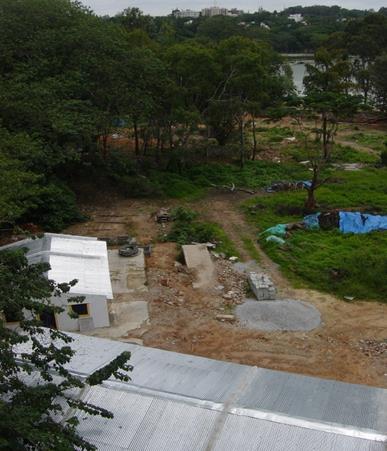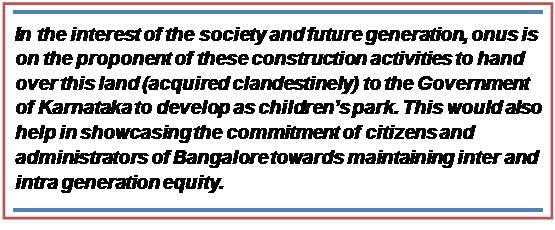|
|
 |
Sankey Lake: waiting for an Immediate Sensible Action |
|
| T.V. Ramachandra* | Asulabha .K S | Sincy .V. | Vinay .S | Sudarshan p. Bhat | Bharath H. Aithal |
*Corresponding author: cestvr@ces.iisc.ac.in, energy@ces.iisc.ac.in
Ecological Impact Assessment of the Proposed Building Activities
(Report prepared in 2004)
Lakes/Tanks are important components of the ecosystem with various beneficial functions. The various functions of lakes and wetlands include sustaining life processes, water storage for domestic, agricultural and industrial usage, protection from storms and floods, recharge of ground water, water purification, erosion control and stabilization of local climate. Thus they help to maintain the ecological balance of the region. Lakes/Tanks in Bangalore occupy about 4.8% of the city’s geographical area (640 sq.km), which covers both urban and rural areas. All the lakes/tanks in Bangalore are man-made, which were built to serve the needs of irrigated agriculture and drinking water. One such tank/lake is Sankey, which is situated in the western part of the city between Malleswaram and Sadashivnagar. Col. Sankey built the tank/lake during 1882 to meet the drinking water demand of the nearby areas. The tank covers an area of 12.8 hectares and its catchment area is approximately 343 hectares (Figure 1 and 2). A public recreation park and corporation swimming pool is present at the southern part and a nursery at the northern side of the tank. The northern side has a good vegetation cover, which is one of the reasons for attracting large population of migratory birds to this wetland (Refer Annexure for Checklist of birds and plants).
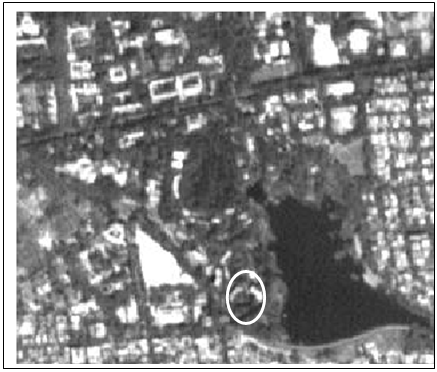 Figure 1: Satellite imagery of Sankey tank and its catchment area (The marked area shows the proposed activities).
 Figure 2: Water spread area of Sankey tank. Impacts of proposed activities
Reduced water yield in the catchment as well as enhanced sediment yield (along with pollutants) would lead to reduced ecological functions of the lake. This would eventually leads to the disappearance of the lake. Thus to protect and conserve the lake, we need watershed-based approach for the sustainable management of the biotic and abiotic components of the ecosystem. Soil and water conservation is a very important aspect of watershed management. This would ensure in maintaining the hydrological balance in the ecosystem. The watershed - based management would ensure a vegetation cover, which will arrest the soil erosion. This will in turn enhance the water-holding capacity of the lake and ascertain the conservation of the biodiversity of the lake, namely its flora and fauna. In the interest of the society and future generation, onus is on the proponent of these construction activities to hand over this land (acquired clandestinely) to the government of Karnataka to develop as children’s park. This would also help in showcasing the commitment of citizens of Bangalore (in this case – proponent of massive construction activities in the lake bed) towards maintaining inter and intra generation equity.
Annexure: Birds Sighted in and around Sankey Tank on 20th August 2004 during 10 - 12:30 PM.
Bird Checklist in Sankey catchment (R. J Ranjit Daniel, 1992)
Plant species: (As seen from top of the adjacent building – Aranya Bhavan: Bird eye view)
Reference: Ramachandra T.V., Kiran, R., Ahalya N, 2002, Status, Conservation and Management of Wetlands, Allied Publishers Pvt Ltd, Bangalore. Ranjit Daniels, R. J., 1992. Of Feathers and Colours: Birds of Urban South India. Indian Institute of Science, Bangalore, India. Lakshman Rau, 1986, Report of the Expert Committee for Preservation, Restoration or otherwise of the existing tanks in Bangalore Meteropoliton Area.
Weiss, Edith Brown 1990, 'In fairness to future generations', Environment, vol. 32, no. 3, Apr., pp. 7-11, 30-1.
| ||||||||||||||

